Learn the Speedy Difference
 Septic Services
Septic Services
Portland / Vancouver Metro – The Dalles – Hermiston OR & Tri Cities WA
Speedy Septic proudly provides a wide range of septic services to homeowners and businesses in Oregon and Washington. Our team of experienced septic technicians is licensed, bonded, and insured. We’re also the number one Certified Septic Inspection provider in the state of Oregon! From septic system installation and repair to septic pumping and inspections, Speedy Septic does it all! We’re constantly working towards setting a higher standard.
Ready to talk to a septic system expert?
Click below and we’ll call you back quickly!
Eco-Friendly Septic
 Choosing the right septic system for your home and property can be overwhelming. It is important to not only pick the right size and type of septic system but also to consider the environmental impact of the system you choose. Many people are now choosing to use more eco-friendly septic systems
Eco-Friendly Septic
Choosing the right septic system for your home and property can be overwhelming. It is important to not only pick the right size and type of septic system but also to consider the environmental impact of the system you choose. Many people are now choosing to use more eco-friendly septic systems
Eco-Friendly Septic
Now offering
21-point Septic System Analysis
using state-of-the-art underground pipe inspection equipment!
- Camera Footage of inlet line and video location of system components
- Analysis of tank sludge accumulation
- Comprehensive review of system condition, components, risks, and recommendations for service
Interactive Septic TankBy Speedy Septic
Learn About Your Tank!
Click on a component to learn about it's function...
Input Baffle
Where sewage enters from house
Output Baffle
Wastewater goes to drainfield
Sludge Layer
also referred to as the solids layer contains all the solid material that is not supposed to leave the tank or enter any other system components. This is the material that needs to be pumped out on a regular basis.
Inspection Pipe
When pumping two-compartment septic tanks, both sides should be pumped to allow for a complete visual inspection of the tank and baffles.
Scum
The scum layer contains the grease, fat, and other non-water soluble materials that go down the drains and toilets.
Wastewater
The wastewater layer, also known as the effluent layer, contains the treated water that has cleared and can safely leave the septic tank to the next step in the septic system.
First Compartment
This is where sewage is processed. Only the clear effluent or wastewater layer should leave and go into the second compartment.
Second Compartment
This compartment contains the effluent filter which helps ensure no solids leave the tank and enter the dosing tank. Once clear effluent or wastewater enters this compartment, it will then go out into the next system component.
Air Space
Septic tanks are designed to leave some room at the top in case of a blockage or in the event a large amount of effluent water comes into the tank. It prevents backing up out of the tank lids or into the home. .
Frequently Asked Questions
Learn some of our most frequently asked questions regarding septic pumping, septic maintenance, septic inspection, and more.
We Strive for Excellence
At Speedy Septic, it’s our goal to raise the standard of excellence in our industry. That’s why our technicians take care to deliver reliable craftsmanship and courteous service that puts your satisfaction first. Everything we do is guided by these three core values:
- Speed: When your toilet won’t flush or your drains are backed up, every minute counts. That’s why we make speed a priority. With the largest fleet of trucks in Oregon and 24/7 emergency service, our team will get there first.
- Integrity: Some companies conceal charges until it’s too late to do anything. With Speedy Septic, we will never perform any additional work until you see and approve the estimate. And with us, you only pay for what we pump– and many of our trucks have advanced measuring equipment to determine the precise gallon extraction.
- Quality: Our technicians receive continuing education, making them master troubleshooters with the expertise you can trust. They’re often called in to solve problems other companies couldn’t handle. Save time, money and hassle by calling Speedy Septic first.
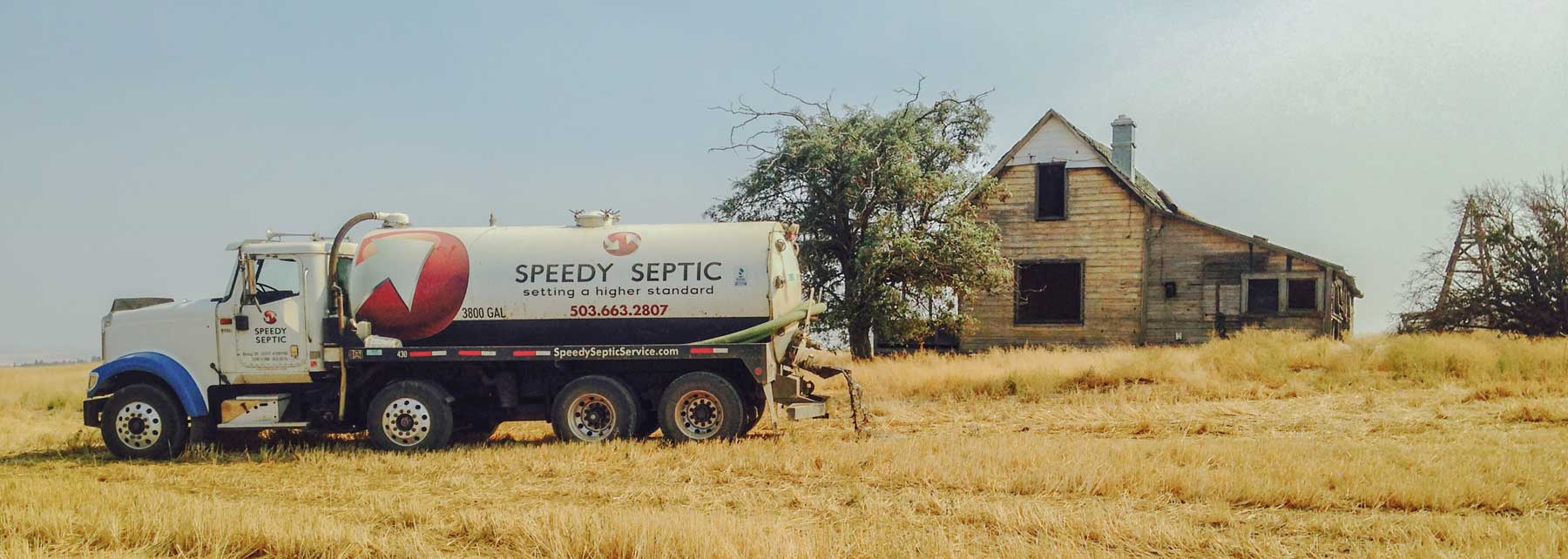
Have Questions about Septic Service?
How Long Does a Septic System Last?
Septic systems typically last 40+ years. That said, there are three main factors that can impact the overall lifespan of your system.
The first is your maintenance; without proper care, your tank may prematurely wear down or become damaged. Investing in regular pumping and maintenance will help your system last for decades.
The second factor is your septic system type. Not all tanks are created equal, and some may last longer than others. If you aren’t sure which type is right for you, then don’t hesitate to reach out to our experts! We’ll help you find the right fit for your household.
Finally, volume can also have an effect on how long your septic tank will last. Tanks that get a lot of use – especially compared to their size – are more likely to experience problems.
Is it Cheaper to Repair Your Septic System than it is to Pump It?
Septic repairs are significantly more expensive than regular pumping. Depending on the specific problem you’re having, repairs could cost you thousands of dollars – or even lead to a total breakdown that would require you to completely replace your system. Additionally, problems with your septic tank can lead to serious property damage such as:
- Yard or basement flooding
- Mold growth or pest infestations
- Warped or unstable foundation
Meanwhile, pumping generally costs a few hundred dollars. Getting routine pumping service once every 3 to 5 years will help you avoid major breakdowns that could cost you even more.
Are Septic Systems Bad for the Environment?
Septic systems are designed to have a positive impact on the environment by eliminating waste and recycling water.
That said, a poorly maintained tank could cause harm and lead to public health or pollution problems from untreated sewage. That’s why it’s crucial to invest in regular pumping and septic maintenance services to keep your system functioning correctly.
Does a Septic System Require Electricity?
Most septic tanks do not require electricity to function. However, there are a few types of septic systems that require the use of a pump, which does require electricity to run. If your system uses a pump, you’ll want to conserve water during a power outage.
Not sure what type of septic you have? Our experts can help! Just give us a call and we’ll examine your system to help you determine whether your tank requires electricity or not.
Can You Use a Garbage Disposal with a Septic Tank?
Yes, you can use a garbage disposal with a septic tank. However, it’s important to be careful about what you put down the drain to avoid clogging up your system. To prevent a malfunction or breakdown, avoid flushing or draining items such as these:
- Fats, oils, or grease
- Eggshells
- Coffee grounds
- Flour
- Paper products
- Medications
- Gum
- Bleach
Is it OK to Build on Top Of Your Septic System as Long as it’s Not a Permanent Structure?
No, you should not build anything on top of your septic system – even if it is not a permanent structure. Your septic tank should always be easily accessible, both for pumping services and in case you ever need any emergency repairs.
Additionally, your drainfield needs oxygen to properly treat the wastewater it receives from your septic tank. Covering the drainfield with a structure or object of any type could lead to failure, leaving you with the risk serious health hazards.
How Often Should My Septic Tank be Pumped?
Generally, your septic tank should be pumped every 3 to 5 years. However, there are a few factors to consider when determining how often you should pump your tank, such as:
- Age of your system
- Size of tank
- Type of system
- Volume of waste
Not sure how frequently you should pump your tank? Our technicians can help you create the perfect pumping and maintenance schedule to keep your system performing optimally. Just give us a call to speak with an expert today!
Where Should a Septic Tank be Placed?
Septic tanks should be placed on level ground where there is at least 8 feet or more of soil, typically at least 10 feet away from your home or building. However, there are several other factors to consider when installing a new septic system, including:
- Soil type
- Slope
- Ease of access
- Size of tank
- Depth
Mistakes during the planning stage could leave you with long-lasting problems that may even lead to a premature breakdown. So, if you are looking to install a new septic system and aren’t sure where it should be placed, be sure to get in touch with one of our experts!
What Do I Need to Know About Buying a House with a Septic Tank?
Septic problems can be expensive, and they’re the last thing you want to deal with after purchasing a new house. That’s why you should always invest in a septic tank inspection prior to finalizing your purchase.
During your inspection, an expert will be able to identify:
- Any potential issues or damages
- The age, size, and placement of your system
- When the tank should be pumped
- If the tank needs to be replaced
How Long Does it Take to Install a Septic System?
It typically takes about 3 to 5 days to install a septic system. However, there are a few factors that could impact the total length of your project, including:
- Location
- Weather
- Terrain
- Type of system
- Local regulations
What are the Signs My Septic Tank is Full?
If your septic tank becomes too full, you run the risk of breakdowns or backups. Always keep an eye out for these signs that your septic tank is full:
- Gurgling sounds in your pipes
- Trouble flushing the toilet
- Frequent backups or clogs
- Unusually lush grass on the drainfield
- Water pooling in your yard
If you still aren’t sure whether your septic tank is full, contact one of our experts! We will determine if a pumping is necessary by performing a sludge test. It’s important to note that sludge tests should only be conducted by a qualified septic technician to prevent exposure to raw sewage.
Does Rid-X or Yeast Work on Septic Tanks?
Rid-X and yeast are not good for septic tanks because they can harm or kill off the “good bacteria” in your system. This bacteria is designed to break down the solids and clarify the buildup in your tank, which makes it necessary for your system to funciton properly.
In fact, the Environmental Protection Agency states that people should “be aware of any septic tank additives” and that “periodic pumping is the only true way to ensure that septic systems work properly and provide many years of service.”
Will I be Reported if I Have a Failing Septic System?
In the state of Oregon, septic service companies do not regulate septic systems. We are only required to report untreated sewage flowing above ground into a waterway to alert others of possible contamination and public health hazards.
At Speedy Septic, our goal is to help you, your family, and your home in the best way possible. To keep your property safe and hygienic for your loved ones, we always recommend fixing septic issues well before it could become a public health hazard, and we will work with you to find affordable solutions that meet your needs.
Our Cleaner Approach for Septic Cleaning
Many septic cleaning companies use the property owners’ hose to provide water for the septic pumping– which means the same hands that touch the septic tank, are touching your property.
At Speedy Septic, we use our own hoses and septic pumping equipment for a faster and more hygienic service. Our truck is also equipped with a pressure washer which enables us to thoroughly clean your tank after it is pumped. Every hose is then cleared and capped before it is rolled back up, ensuring no residual sewage spills onto your property. The waste is then recycled at our eastern Oregon treatment facility where it is eventually returned to the earth as fertilizer.
We Are Constantly Working Towards Setting a Higher Standard
Speedy Septic is your local source for all septic services in Oregon and Washington. Our technicians are highly experienced in septic systems, bringing more than 40 years of experience combined! Our goal is to be your complete septic system provider. For quick and reliable septic services, contact Speedy Septic today!
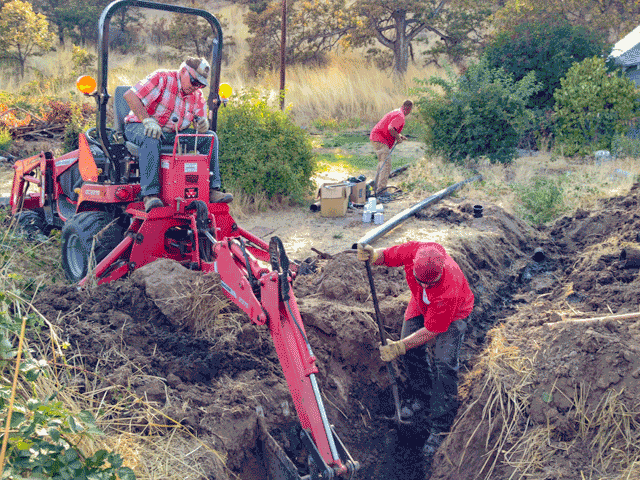
Septic Services in Portland OR and Vancouver WA
Also Serving Customers In These Regions
Portland Vancouver Metro
Portland OR | Gresham OR | Troutdale OR | Sandy OR | Cascade Locks OR | Clackamas OR | Happy Valley OR | Oregon City OR | Canby OR | Molalla OR | Beaverton OR | Hillsboro OR | St Helens OR | Scappoose ORThe Dalles
The Dalles OR | Hood River OR | White Salmon WA | Bingen WA | Parkdale OR | Mosier OR | Biggs Junction OR | Dufur OR
Mid-Columbia Hermiston OR | Arlington OR | Boardman OR | Umatilla OR | Irrigon OR | Pendleton OR | Tri-Cities WA | Kennewick WA | Richland WA | West Richland WA | Pasco WA
Home » Septic Services

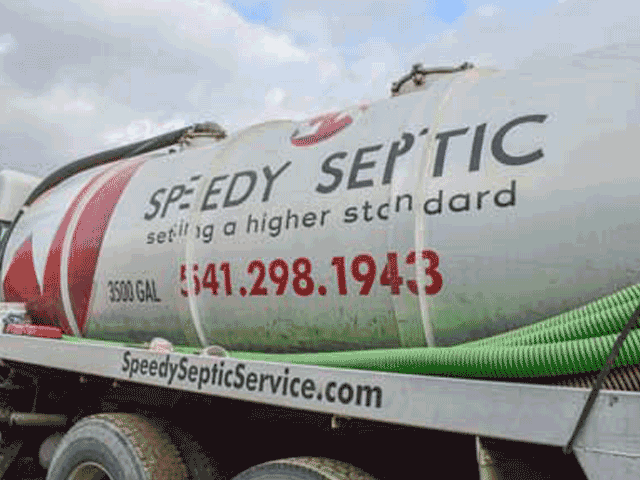 Your septic system isn’t something you want to worry about and Speedy Septic makes sure you won’t have to. We deliver fast and reliable septic cleaning services to homeowners and businesses.
Your septic system isn’t something you want to worry about and Speedy Septic makes sure you won’t have to. We deliver fast and reliable septic cleaning services to homeowners and businesses.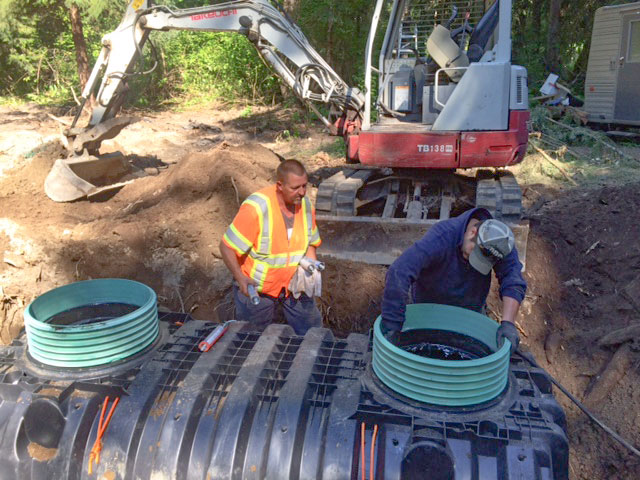 The last thing a homeowner or business owner needs is the sudden and unexpected high cost of a new septic system. This is why having regular septic cleanings and inspections are a good idea.
The last thing a homeowner or business owner needs is the sudden and unexpected high cost of a new septic system. This is why having regular septic cleanings and inspections are a good idea.
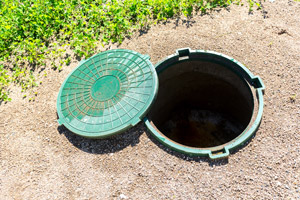 Septic tanks consist of several different parts, many of which can wear down or become damaged over time. If you’re experiencing spongy grass, sewage odors, and back-ups you may need your septic tank repaired.
Septic tanks consist of several different parts, many of which can wear down or become damaged over time. If you’re experiencing spongy grass, sewage odors, and back-ups you may need your septic tank repaired.
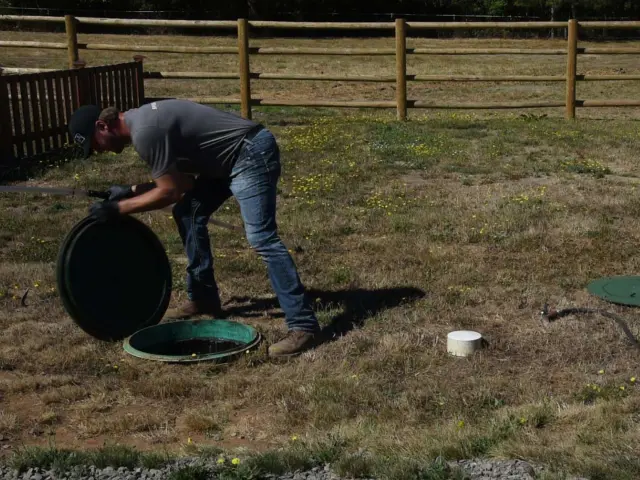 Have you been experiencing issues with your septic tank or septic system? You should call Speedy Septic for a professional inspection. Our technicians will perform a comprehensive evaluation of your entire system.
Have you been experiencing issues with your septic tank or septic system? You should call Speedy Septic for a professional inspection. Our technicians will perform a comprehensive evaluation of your entire system.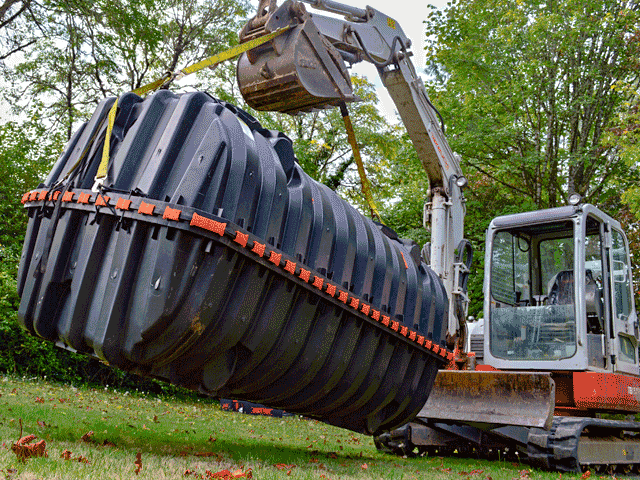 A new septic system is a big investment so it is important to choose the right septic installer. Speedy Septic specializes in septic tank replacements. In fact, we’ve installed more residential septic systems than any other company in Oregon!
A new septic system is a big investment so it is important to choose the right septic installer. Speedy Septic specializes in septic tank replacements. In fact, we’ve installed more residential septic systems than any other company in Oregon!
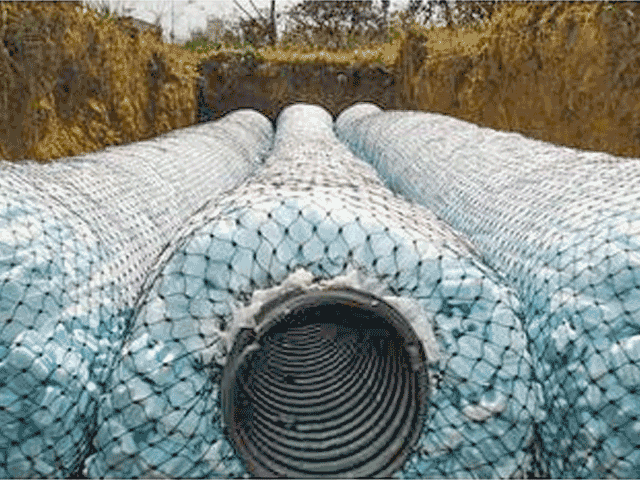 Whether you own a home or a business, your drain field design will be determined by the amount and condition of your soil. If you need a new drain field, contact Speedy Septic
Whether you own a home or a business, your drain field design will be determined by the amount and condition of your soil. If you need a new drain field, contact Speedy Septic
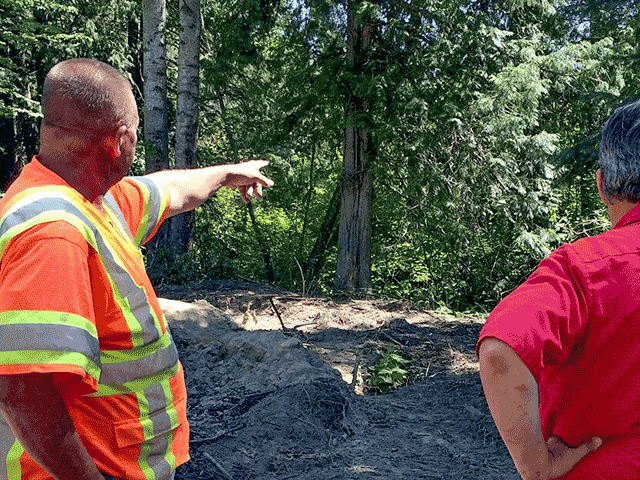 If you’re a new property owner it’s important to know what type of septic system you have and where it is located on your property so you can properly maintain it. Speedy Septic is your local source for septic system locating!
If you’re a new property owner it’s important to know what type of septic system you have and where it is located on your property so you can properly maintain it. Speedy Septic is your local source for septic system locating!
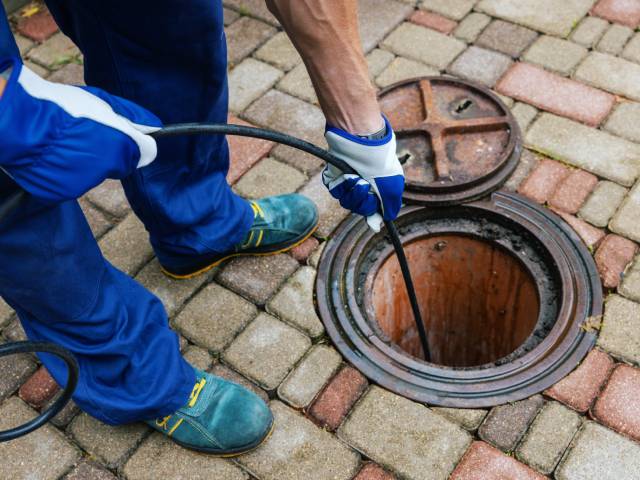 Whether you need routine maintenance or emergency sewer drain cleaning, the experts at Speedy Septic are here to help! We offer fast and affordable drain cleaning for home and business owners in the greater Portland OR area.
Whether you need routine maintenance or emergency sewer drain cleaning, the experts at Speedy Septic are here to help! We offer fast and affordable drain cleaning for home and business owners in the greater Portland OR area.
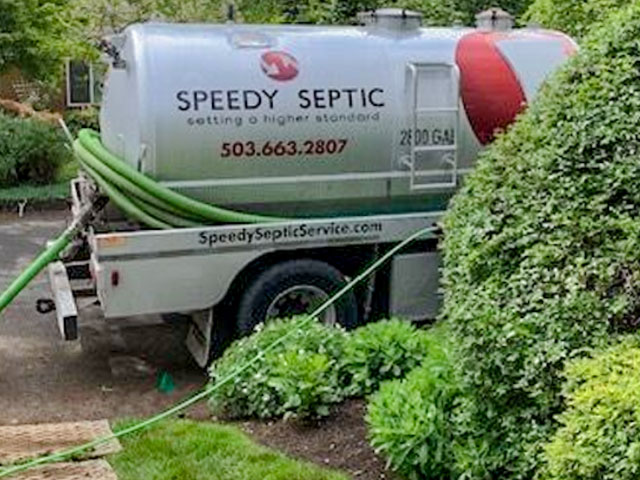 We understand how important it is to have a properly working septic system. That's why we offer emergency services 24/7. Read about the common signs your septic system may need emergency services.
We understand how important it is to have a properly working septic system. That's why we offer emergency services 24/7. Read about the common signs your septic system may need emergency services.